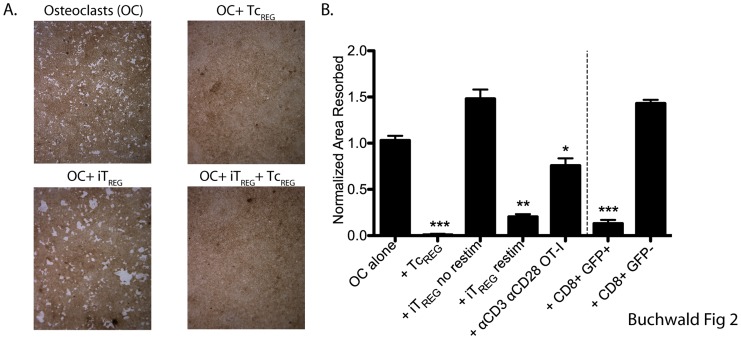Figure 2. TcREG inhibit osteoclast resorption.
A. Osteoclasts (day 3) lifted and plated on hydroxyapatite-coated plates. OT-I TcREG or OT-II TGFβ-induced FoxP3+ CD4 T-cells (iTREG) generated in separate dishes were added next day. The co-cultures were re-fed every two days. After seven days, the wells were treated with bleach, photographed, and total pit area was quantified (results in panel B). Representative images from five replicates are shown in panel A. No pitting was observed in the presence of TcREG (top right). Larger pits were observed in the presence of iTREG (bottom left), but TcREG were dominant suppressors (bottom right). B. TcREG suppressed pitting on hydroxyapatite plates without re-stimulation. In contrast, iTREG could only suppress after re-stimulation (see methods for details). IFN-γ producing OT-I T-cells activated by anti-CD3 and anti-CD28 in the presence of IL-2 could partially suppress pitting by osteoclasts. Activated GFP+ CD8 T-cells purified by cell sorting from FoxP3eGFP reporter mice could also suppress osteoclast pitting, while conventional (GFP−) CD8 had no affect on pitting. Statistical significance of area resorbed was assessed by Wilcoxon test: *: P<0.05, **: P<0.01 and ***: P<0.001 relative to osteoclast alone wells.

